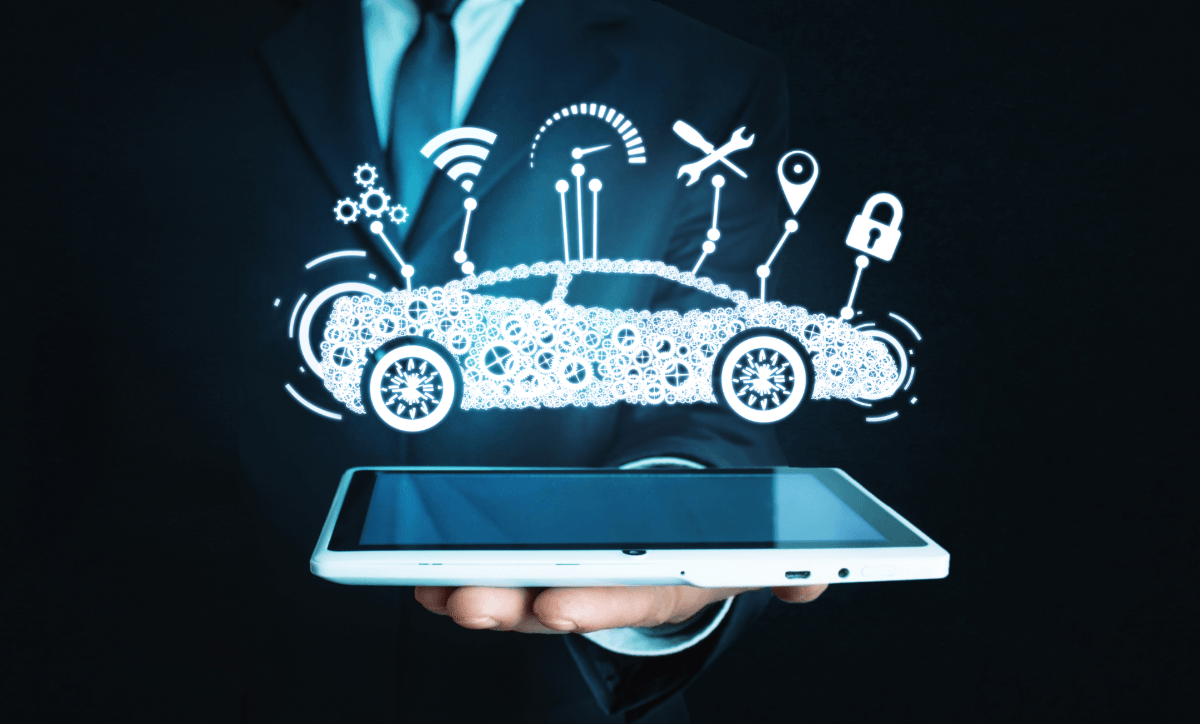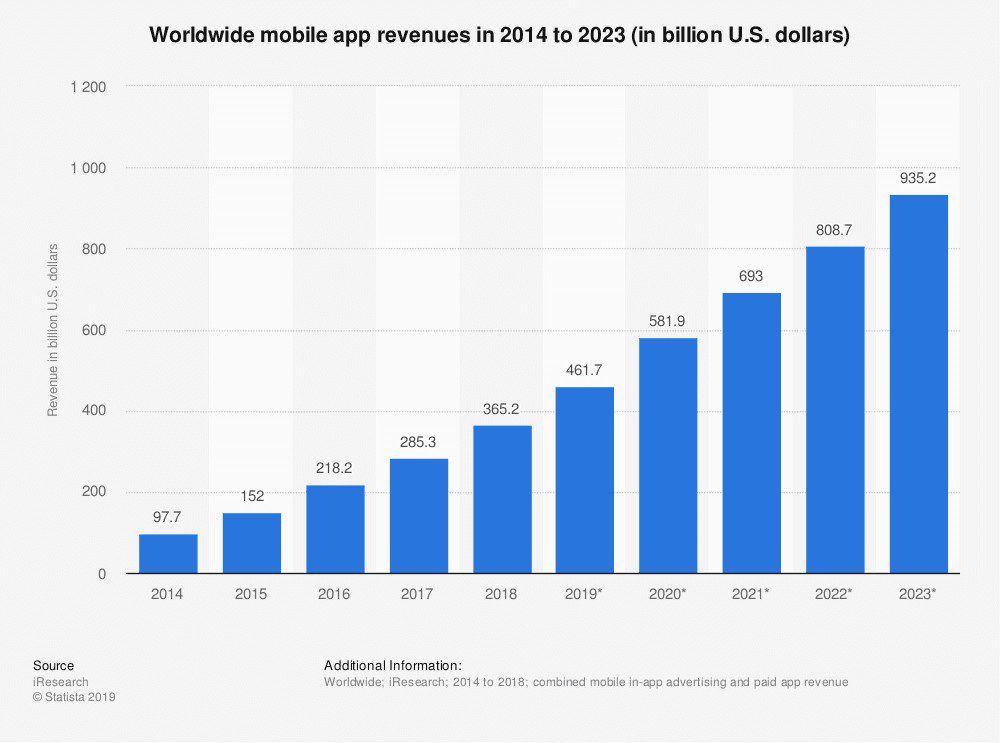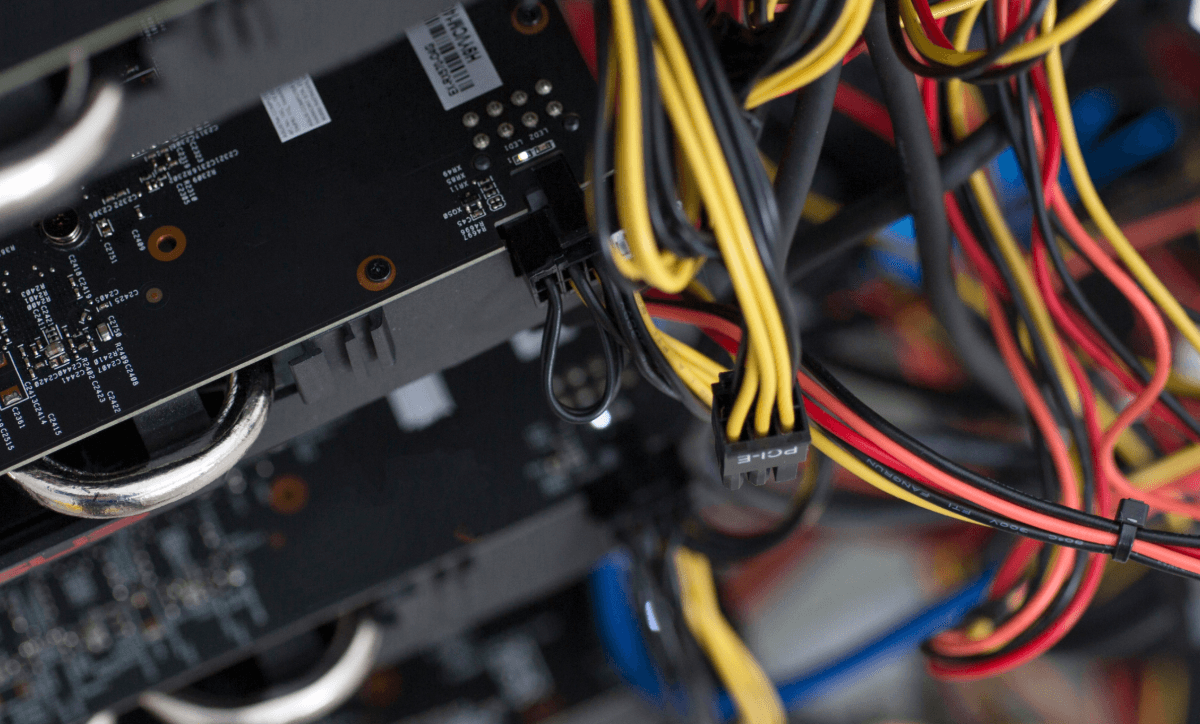All We Need is a Digital Platform
Roadblock 1: Standardization of Automotive Digital Systems
Roadblock 2: Connectivity and Computing Power
Thank you for reaching out to Sigma Software!
Please fill the form below. Our team will contact you shortly.
Sigma Software has offices in multiple locations in Europe, Northern America, Asia, and Latin America.

USA

Sweden

Germany

Canada

Israel

Singapore

UAE

Australia

Austria

Ukraine

Poland

Argentina

Brazil

Bulgaria

Colombia

Czech Republic

Hungary

Mexico

Portugal

Romania

Uzbekistan
Sigma Software Automotive Industry Expert, Sergio Salenko, explores the idea of a connected vehicle as a digital device and passes on his thoughts about possible vehicle app market evolution. In this article, he shares his view of possible growth areas, roadblocks, and highlights the progress we can see already now.
All We Need is a Digital Platform
Roadblock 1: Standardization of Automotive Digital Systems
Roadblock 2: Connectivity and Computing Power
Software starts playing a prominent role in the modern connected vehicle world taking care of everything that happens in between point A and point B. This embraces: driver authentication, hands-free communication, infotainment, guidance through your journey (including navigation, finding places to eat and visit, getting warnings about traffic conditions), and more. When the car is viewed as a digital device, it becomes an interface connecting you to a bazillion of services that cover almost any need you may have during a journey.
To discover the possibilities in this field, we need more players bringing ideas of in-car applications into life. So, how can we get this?

Let’s recall what happened when Apple and Google opened their app stores. Over a decade, a mobile app market turned into a huge profit generator with combined revenues of app stores totaling billions of dollars with 3.2M apps available for download in the Apple App Store and over 2.6M apps – in Google Play in 2018.

What potential revenue an app store for cars could generate? I believe it could quickly come up with the revenues of mobile app stores.
When we think about all the variety of apps in such app store, it becomes obvious that those should not be limited only to infotainment apps like Apple CarPlay and Google Auto. The software development industry has more insights to offer. Thus, a platform approach can be used for the automotive software system as a whole, including air conditioning control software, autonomous driving systems, anti-lock braking system, etc. That would streamline and cheapen custom automotive software development.
The more I ponder over this idea, the less bizarre it seems. Automotive companies just need to open the gateway for app publishers and, probably, agree on common standards to make car apps compatible with most cars. However, there are several roadblocks to overcome before we see an automotive digital platform fully-fledged. And there are good news: with all those roadblocks, we already see some positive dynamics, which fills my heart with joy and anticipation of future progress.
Nowadays, automakers mostly create their individual vehicle digital systems feeling their ways to smart cars. There are no commonly accepted architectures or schemes. The automotive industry still has to get its touchstone that would provide a reliable and robust basis for smart car software.
The automaker that shines most in this direction is, of course, Tesla. However, it creates a closed platform like Apple, and the most we can wait here is third-party infotainment apps. What I would be delighted to see and interpret as a very good sign, would be an Android digital platform analog for cars.
Anyhow, the understanding that we are in need of a common architecture and standards in automotive software is already there. For example, the European Union makes steps towards Open In-Vehicle Platform, some automakers step forward with a connected car platform, etc.
Of course, there is a lot to go over to get a standardized automotive digital system. A large-scale corporate buy-in and clear rules would definitely be necessary.
According to McKinsey, software represents 10 percent of overall car content today for a D-segment, or large car (approximately $1,220), and the average share of software is expected to grow at a compound annual rate of 11 percent, to reach 30 percent of overall car content (around $5,200) in 2030.

Redundant operating and connection powers are necessary to provide autonomous driving, connected-safety features, over-the-top updates, advanced cockpit, sensor data processing in the cloud, and more cream that a prospective automotive digital platform can hold. This means a car would need an electronic architecture that is leagues ahead of what cars have now.
However, some automakers are ready to equip their cars with more electrical bandwidth and security capabilities for tech innovations already now. For instance, a GM’s electronic platform features 4.5 terabytes of data processing per hour, an Ethernet connection for communications within and outside the car at speeds of 100Mbs, 1Gpbs, and 10Gbps, and the bandwidth to support a 5G connection. Not bad, right?
Today’s new smart cars collect enormous volumes of data about drivers, their travel itineraries, and habits. Add autonomous driving and communication capabilities, and we get a sore point for all automakers. If cyber-crooks gain access to the onboard and offboard systems of a connected car, not just data will be at risk.
Cybercriminals are already using connected cars vulnerabilities. In fact, the number of cyberattacks on automobiles increased 500% from 2014 to 2018, according to cybersecurity company Upstream Security.
So, enhancing cybersecurity for all onboard and offboard systems is in store for the automotive software market. Actually, taking cybersecurity to a new level is a reality for both Internet of Things (IoT) and software development industries that are also under stress.

Want to increase security of your digital assets and sensitive data?
We have just started to explore what a car as a platform or interface can deliver. No doubt that in the coming years we’ll see more and more tech innovations finding their place on a car cockpit – Augmented Reality (AR) & Computer Vision to build advanced navigation, Artificial Intelligence (AI) and Machine Learning (ML) to help in autonomous driving, predictive analytics for collision. Opening the gateway for app creators bursting with ideas will generate new revenue streams both for publishers and for automakers whose traditional income acquisition methods are now being transformed.
Want to discuss the future of automotive software? Meet me at IAA 2019 in Frankfurt or message anytime.
Software will play an increasingly important role in new transportation and related services, and Sigma Software as a top automotive market player is ready to assist you in building your automotive software.

Sergio has more than 20 years of practical experience in IT sales, market research, branding, marketing strategy development, and IT project management. Sergio assists large companies and startups to define and launch new services and products with a focus on software development and IT consulting. His zest for new ideas and achievements materializes into productive projects.
Linkedin profileAll We Need is a Digital Platform
Roadblock 1: Standardization of Automotive Digital Systems
Roadblock 2: Connectivity and Computing Power


A Software Bill of Materials (SBOM) is becoming one of the most important documents in modern software development. Still, many organizations struggle to create...

As cloud sovereignty becomes a strategic priority across the EU, Sigma Software applies its deep expertise and extensive experience to contribute to the develop...

Data is everywhere, yet its payoff isn't always there. Many IT leaders struggle with scattered analytics, rising storage costs, and unclear returns.We face...
Would you like to view the site in German?
Switch to German